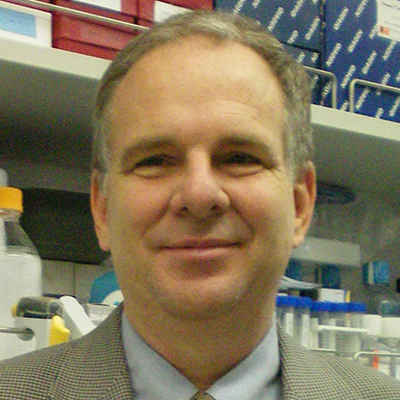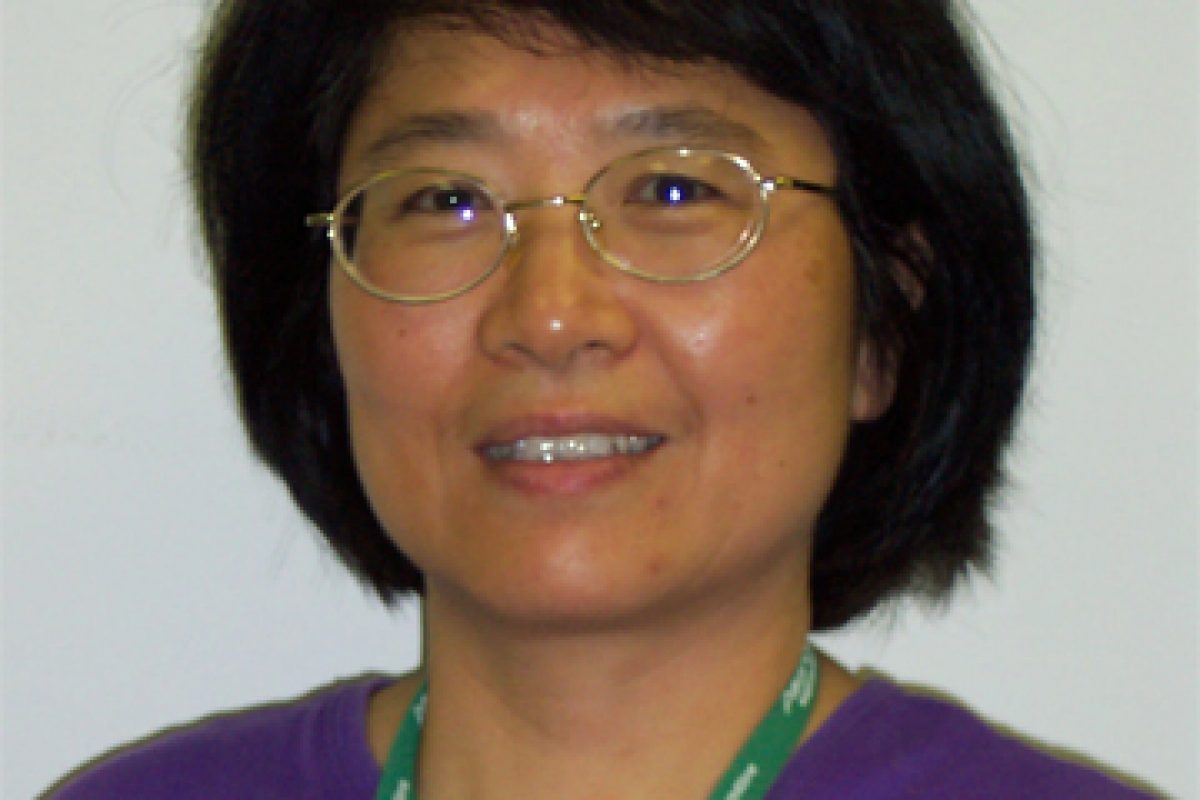Biography
Hong Yang is a physiologist who has served on the UCLA School of Medicine since she joined the Department of Medicine in 1987. She became a full Researcher in 2002 and is a member of Brain Research Institute, Center for Ulcer Research and Education: Digestive Diseases Research Center and Center for Neurovisceral Sciences & Women’s Health. Dr. Yang earned her M.D and Ph.D. in Physiology at Beijing Medical University in China. She was a postdoctoral fellow, an Assistant Researcher and Associate Researcher at the Department of Medicine, UCLA where she worked on Brain-Gut Interactions. Dr. Yang’s research focuses on the medullary mechanism of autonomic disorders in metabolic diseases. She is the principal investigator of NIH and Department of Veterans Affairs funded grants for investigating the medullary mechanism of hypothyroidism-induced autonomic disorders. She is also a reviewer for multiple scientific journals including Am J Physiol (E,G,R), Metabolism and J Physiol, as well as an ad hoc grant reviewer for American Diabetes Association, the Department of Veterans Affairs and NIH/HIDDK.
Publications
A selected list of publications:
Tache Y and Yang H Central actions of peptides in the vagally mediated regulation of gastric function, In: Encyclopedia of Hormones and Related Cell Regulators. , 2003; in press.
Yang H, Tache Y, Ohning G and Go VLW Activation of raphe pallidus neurons increases insulin through medullary TRH-vagal pathways, Pancreas, 2002; 25: 301-307.
Yang H Hypothyroidism and autonomic changes: role of medullary TRH, In Brain-Gut Peptides in the New Millenium: A Tribute to John Walsh by His Collaborators. Tache Y ed, 2002; 243-253.
Yuan P Q, Tache Y, Miampamba M and Yang H Acute cold exposure induces vagal mediated Fos expression in gastric myenteric cells in conscious rats, Am J Physiol, 2001; 281: G560-G568.
Yang H, Yuan PQ, Wang L and Tache Y Activation of the parapyramidal region in the ventral medulla stimulates gastric acid secretion through vagal pathways in rats, Neuroscience , 2000; 95: 773-779.
Yuan P Q and Yang H Location of thyroid hormone receptor b2 in medullary TRH synthesizing neurons, Brain Res, 2000; 868: 22-30.
Yang H, Kawakubo K, Wong H, Ohning G and Tache Y Peripheral PYY inhibits intracisternal TRH-induced gastric acid secretion by acting in the brain, Am J Physiol, 2000; 279: G575-G581.
Yang H, Yuan PQ, Wu V and Tache Y Feedback regulation of thyrotropin-releasing hormone gene expression by thyroid hormone in the caudal raphe nuclei in rats, Endocrinology, 1999; 140: 43-49.
Yang H, Kawakubo K and Tache Y Intracisternal PYY increases gastric mucosal resistance : role of cholinergic CGRP and NO pathways, Am J Physiol, 1999; 277: G555-G562.
Yang H, Kawakubo K and Tache Y Kainic acid into the parapyramidal region protects gastric injury by ethanol, Eur J Pharmacol, 1999; 372: R1-R3.
Yang H, Li WP, Reeve J R. Jr. and Tache Y PYY preferring receptor in the dorsal vagal complex mediates PYY stimulation of gastric acid secretion in rats, Br J Pharmacol, 1998; 123: 1549-1554.
Yang H and Tache Y Inhibitory effect of substance P in the dorsal motor nucleus of the vagus on TRH-induced gastric acid secretion, Am J Physiol, 1997; 272: G987-G993.
Yang H and Tache Y Caudal medullary raphe nuclei and vagal regulation of gastric function, In: Gastrointestinal Tract and Endocrine System , Singer MV, Ziegler R and Rohr G ed, 1995; 39-49.
21. Yang H, Zhang XJ, Tache Y, Yoneda M and Wang CC Central serotonin influences the devolopment of cold-restraint stress-induced gastric ulceration: role of autonomic and endocrine mechanisms, In: Gastrointestinal Tract and Endocrine System, Singer MV, Ziegler R and Rohr G ed, 1995; 77-82.
Yang H and Tache Y Peptide YY in brainstem nuclei stimulates gastric acid secretion through vagal pathways in rats, Am J Physiol, 1995; 268: G943-G948.
Tache Y, Yang H, Yoneda M and Bonaz B Role of medullary TRH in vagally mediated formation of gastric lesions. In: Neuroendocrinology of Gastrointestinal Ulceration:, Hans Selye Symposia on Neuroendocrinology and Stress. Szabo S, Tache Y and Glavin G ed, 1995; 161-173.
Yang H and Tache Y Prepro-TRH-(160-169) potentiates gastric acid secretion stimulated by TRH microinjected into the dorsal motor nucleus of the vagus, Neurosci Lett. , 1994; 79: 43-46.
Tache Y and Yang H Role of medullary TRH in the vagal regulation of gastric function, In: Innervation of the Gut: pathophysiological Implications. Tache Y, Wingate DL and Burks TF. ed, 1994; 67-80.
Yang H, Ohning G and Tache Y TRH in the dorsal vagal complex mediates the acid response to excitation of raphe pallidus neurons in rats, Am J Physiol, 1993; 265: G880-G886.
Yang H, Stephens R and Tache Y TRH analog microinjected into specific medullary nuclei stimulates gastric serotonin secretion in rats, Am J Physiology, 1992; 262: G216-G222.
Tache Y and Yang H Brain regulation of gastric acid secretion by peptides: sites and mechanisms of action. In: Neurobiology of Stress Ulcers, Ann.N.Y.Acad.Sci, 1990; 597: 88-145.
Yang H, Ishikawa T and Tache Y Microinjection of TRH analogs into the raphe pallidus stimulates gastric acid secretion in the rat, Brain Res., , 1990; 531: 280-285.
Yang H, Wong H, Wu V, Walsh JH, Tache Y Somatostatin monoclonal antibody immunoneutralization increases gastrin and gastric acid secretion in urethane-anesthetized rats, Gastroenterology, 1990; 99: 659-665.
Yang H, Walsh JH, Tache Y Effect of gastrin monoclonal antibody 28.2 on acid response to chemical vagal stimulation in rats, Life Sci, 1989; 45: 2413-2418.
Yang H, Cuttitta F, Raybould H, Tache Y Intrathecal injection of bombesin inhibits gastric acid secretion in the rat, Gastroenterology , 1989; 96: 1403-1409.
Yang H, Zhang XJ and Wang CC Effect of central 5-HT on the changes of lysosome and barrier mucus of gastric mucosa during stress in rats. (in Chinese), Chinese J. Appl. Physiol, 1988; 4(1): 1-5.
Yang H, Zhang XJ Effect of intracerebroventricular injection of 5-HT on the activity of ATPase and the contents of ATP, ADP in the gastric mucosa after stress, Acta Physiologica Sinica, 1988; 40(1): 84-90.
An SZ, Yang H Central 5-HT participates in the enhancement of plasma corticosterone level induced by 2-deoxy-glucose, J.Beijing Medical University , 1987; 19: 326.
Yang H, Sun J and Zhang XJ Effects of cortisol and thyroxine on the enhancement of central 5-HT on stress-induced gastric ulceration, Chinese J. Physiol. Sci, 1987; 3(3): 290-296.
Yang H, Zhang XJ Effects of intracerebroventricular injection of neuropeptide Y, bombesin and TRH on the metabolic rate of rat brain 5-hydroxytryptamine during stress-induced gastric ulceration, J. Beijing Medical University, 1987; 19: 87-89.
Yang H, Qiu C-F, Zhang S-X, An S-Z and Zhang XJ Role of central 5-HT in the activation of hypothalamic-pituitary-adrenal and hypothalamic-pituitary-thyroid axes during stress ulceration, Chinese J. Physiol. Sci, 1987; 3(3): 280-289.
Yang H, Zhang XJ The role of central 5-hydroxytryptamine in 2-deoxyglucose-induced hyperglycemia, J. Beijing Medical University, 1986; 18: 1-5.
Yang H, Zhang XJ, Wang CC The enhancing effect of intracerebroventricular injection of bovine pancreatic polypeptide and neuropeptide Y on stress-induced gastric ulceration in rats, Chinese J. Physiological Sciences, 1985; 1: 96-101.
Yang H, Wu XR, Zhang XJ Effect of intracerebroventricular injection of 5-hydroxytryptamine on plasma glucose concentration in rabbits, J. Beijing Medical College, 1984; 16: 187-189.
Yang H, Zhang XJ The hyperglycemic effect of morphine after brain injection in rabbits, J. Beijing Medical College, 1984; 16: 11-15.
Yang H, Zhang XJ The role of brain endogenous opioids in stress-induced hyperglycemia, Acta Physiologica Sinica, 1984; 36: 117-121.
Yang H Effect of morphine and endophins on feeding behavior, Progress in Physiological Science, 1983; 14: 370-371.





